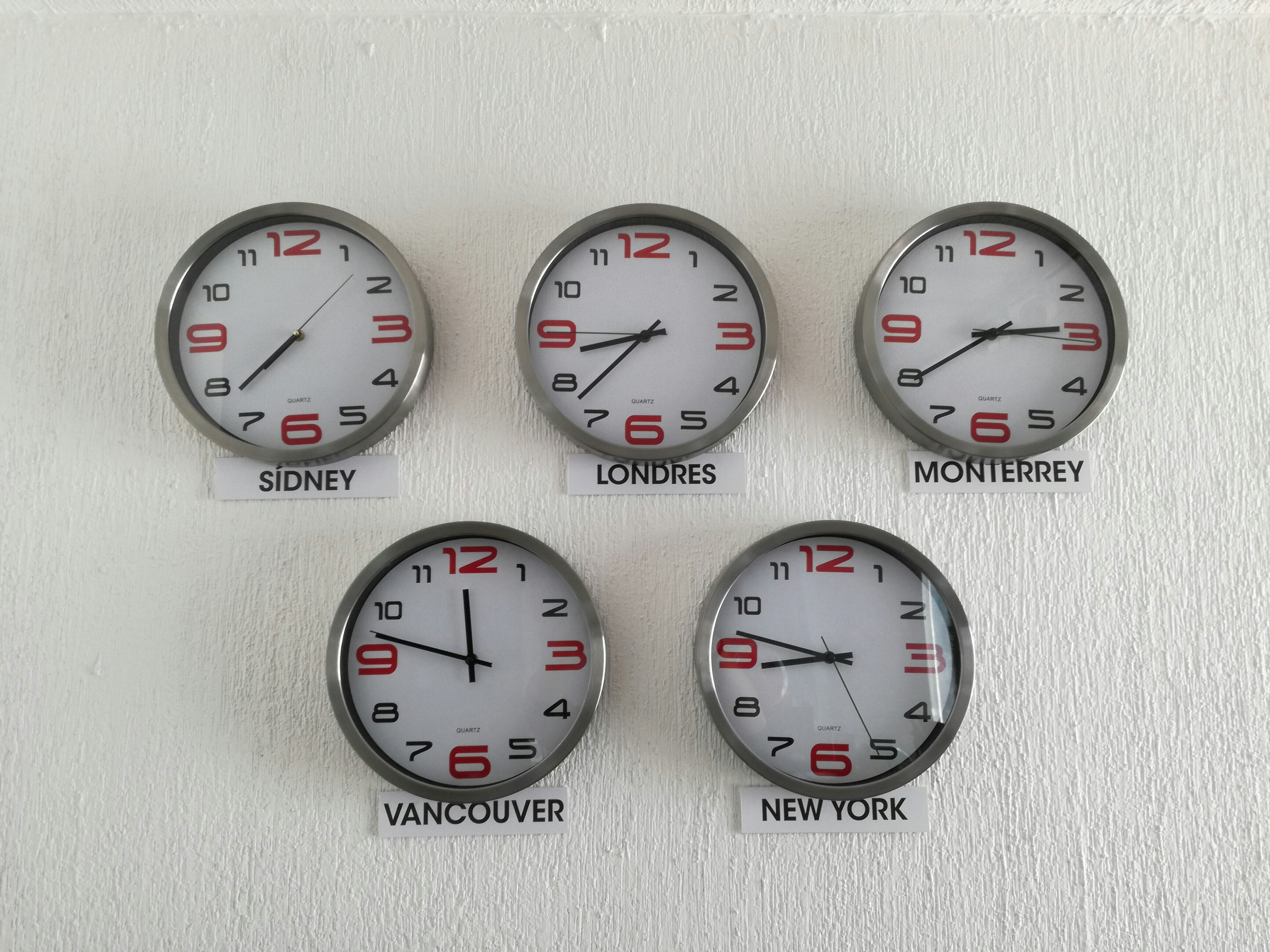The 7 rules to successful presentations

Type “presentation skills tips” into Google and you’ll return around 73 million hits. There’s a lot of advice out there about what makes a great presentation. I’d like to focus instead on what makes a presentation great. There’s a very subtle difference and it centres on you, the person doing the presenting, because you need to be the Captain of the ship.
A lot is written about putting on a mask of “confidence” to help you deliver a great performance, but the real secret is this…
It’s not about becoming someone that you’re not by donning a mask, it’s about allowing and authorising yourself to become who you are truly capable of being. This is the key to taking the stress out of all areas of communication.
Don’t try to be like anyone else when you present; in fact don’t present at all. Instead be consciously aware of your presence. This will ensure that you focus instead on being the best possible you. The more authentic and comfortable you are, the more relaxed you will be. This in turn means that your audience will relax with you and be able to sit back and fully focus on connecting with you and your message.
Here are The 7 Rules to Successful Communication
They apply across the many layers of physical communication. Whether you are in a small meeting, at a job interview, or delivering a keynote speech at a large conference… and anything else in between.
The core theory here being that the context should not determine your behavior. The same genuine, authentic YOU should show up in all situations. You may adopt different tactics, but the very core, the very heart of YOU and who YOU are remains as constant at the North Star…
1: Assess your audience. It’s not about what you want to say to them, it’s about what they need to hear from you in order to be inspired and motivated by your message. There is no such thing as just information. Your information needs to be accurate and relevant to your audience. It needs to strike a chord. It needs to matter.
2: Bring the air of Positivity and Gratefulness into the space. No one wants to listen to a cup is half empty, downward spiral, negative orientated person. Remember, you have a choice about how you show up. You are ultimately in control of your feelings and emotions.
3: Diaphragmatic Breathing leads to great Voice Projection, because it ensures we create powerful energy with our breath to vibrate our vocal cords. It is that efficient vibration of the vocal cords that brings quality, gravitas and power to our voice. www.yourvoiceispower.nl
4: Body language. Make purposeful eye contact with your audience and direct your body language towards them. Ensure your facial expression is congruent with your message. Make it your goal to build connection and trust.
5: Voice Visualisation. Bring your words to life by properly conveying the meaning behind them. If you are talking about something that is positive make it sound positive. If you are talking about something shocking make it sound shocking. Don’t flatline with your voice. You have a duty to lift your words off the page. The art of storytelling works in all business presentations.
6: Leadership Presence. Think of your all time favourite leader and communicator. When you see and hear them speak or see a photo of them what images and feelings come to life for you. What is their brand? What do they stand for? What is their legacy? Then ask yourself those same questions about yourself. Start to live and breathe and broadcast the qualities you admire and aspire to. Again, allow and authorise yourself to become who you are truly capable of being.
7: No Death by PowerPoint. If you choose to use slides, use photos and images… the bigger the better. A picture paints a thousand words. Their are two purposes that slides serve… a) to help your audience understand your message quicker and b) to help your audinece retain the information for longer. So, if you choose to use slides (and who says you have to?), use them wisely and creatively and absolutely ensure they are uncluttered. Keep your bullet points to one line only wherever you can and ensure that you have no more than 6 or 7 bullets per slide. Use bullet build “Appear” NOT the default of “Fly in from the bottom” so you click the presenter mouse to reveal the bullet when you are ready. Click, reveal, embellish. This stops your audience reading ahead of you, marries what you are saying with what appears on the screen, keeps you on track and on message and ensures that you remain the Captain of the ship.
This article is published in collaboration with LinkedIn. Publication does not imply endorsement of views by the World Economic Forum.
To keep up with the Agenda subscribe to our weekly newsletter.
Author: Steve Knight is a Director at Leadership Trans4mation.
Image: An empty meeting room.
Don't miss any update on this topic
Create a free account and access your personalized content collection with our latest publications and analyses.
License and Republishing
World Economic Forum articles may be republished in accordance with the Creative Commons Attribution-NonCommercial-NoDerivatives 4.0 International Public License, and in accordance with our Terms of Use.
The views expressed in this article are those of the author alone and not the World Economic Forum.
Stay up to date:
Future of Work
Related topics:
Forum Stories newsletter
Bringing you weekly curated insights and analysis on the global issues that matter.







